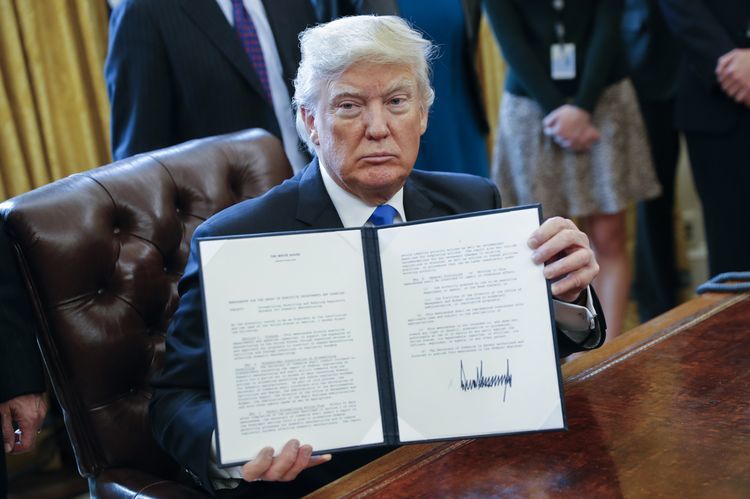
Explorers in the world’s fastest-growing oil market are seeking lower taxes on crude produced domestically to encourage fresh drilling as India tries to reduce its dependence on energy imports.
State-run Oil & Natural Gas Corp. and the biggest private producer Cairn India Ltd. want Finance Minister Arun Jaitley to at least halve the tax on crude oil production in the federal budget due Feb. 1. India surprised some explorers last year with its 20 percent levy on crude produced locally, moving from a fixed charge. Companies pay more now with crude near $50 a barrel than they did under the old system when it was double the price.
“Globally, given the low oil price scenario, governments have provided incentives to stimulate and attract investments,” said Sudhir Mathur, interim chief executive officer at Cairn India. “In India, the cess rate of 20 percent acts as a disincentive to increase production and commit incremental investments.”
Attracting investments to boost output from local fields is key for Prime Minister Narendra Modi, who has made energy security a priority and set a target of cutting oil imports by 10 percent in the next five years. Reducing the levy will help explorers including ONGC and Cairn India, which Oil Minister Dharmendra Pradhan estimates will spend $25 billion by the end of this decade.
India’s hydrocarbon resources are highly undeveloped and production has been declining for the past several years, prompting the government to nudge companies to invest in reversing the fall and increase energy supplies.
New Delhi-based ONGC is spending over $5 billion for its biggest development plan in a deep-sea block in the Bay of Bengal off the country’s east coast. Cairn India also plans to spend as much as $4 billion over the next few years to drill for oil.
Asia’s third-largest economy meets about 80 percent of its crude oil requirements through imports.
“We need some money to be left behind so that we are able to flow back into the investment cycle,” said A.K. Srinivasan, finance director at ONGC, the nation’s biggest explorer. “Otherwise there will be cash shortage. Already, we are going to run cash shortages.”
At a price of $55 a barrel, ONGC may have to pay about $11 as cess, compared with $9 when prices were $100 a barrel and the tax was fixed charge, he said. “With crude prices firming up, the cost impact of this tax is quite high.”
Brent oil prices have risen about 17 percent since the Organization of Petroleum Exporting Countries’ agreed in November to cut production for six months starting in January. The fuel traded above $100 as recently as September 2014.
Firming crude prices may also allow the government to reduce the levy on retail prices for gasoline and diesel, according to Dhaval Joshi, an analyst at Emkay Global Financial Services Ltd.
India didn’t pass on to consumers the entire benefit of crude’s price decline from July 2014, increasing excise duty on the two fuels nine times and mopping up about 960 billion rupees ($14 billion) in the previous two fiscal years.
To read on how Modi’s cash ban is impacting oil demand, click here
The government may now look at easing prices as one way of cushioning the impact of its Nov. 8 ban on high-denomination currency notes, which impacted the rural population the most, as it prepares for five state elections this quarter.
The consumer price of diesel, the most-used fuel in the country, is at a record while that of gasoline is at the highest since August 2014, according to state-run fuel retailer Indian Oil Corp.’s website.
“Yes, taxes have come and we have not hidden it,” Pradhan, the oil minister, said in New Delhi on Jan. 16. “If the prices start pinching the consumers, we’ll see.”
Recommended for you
